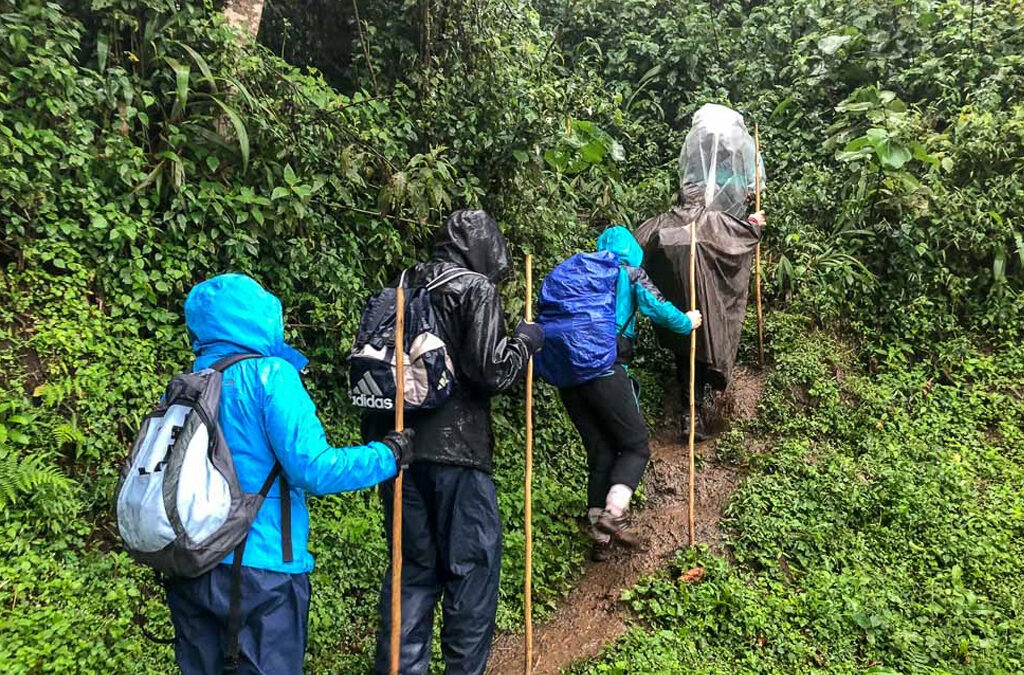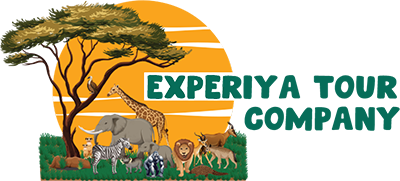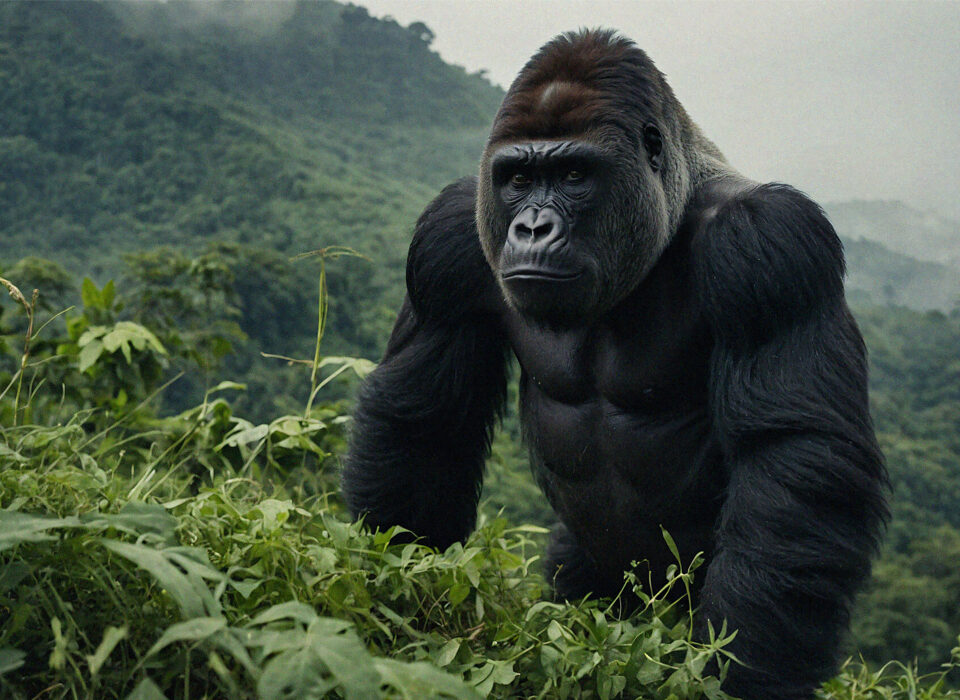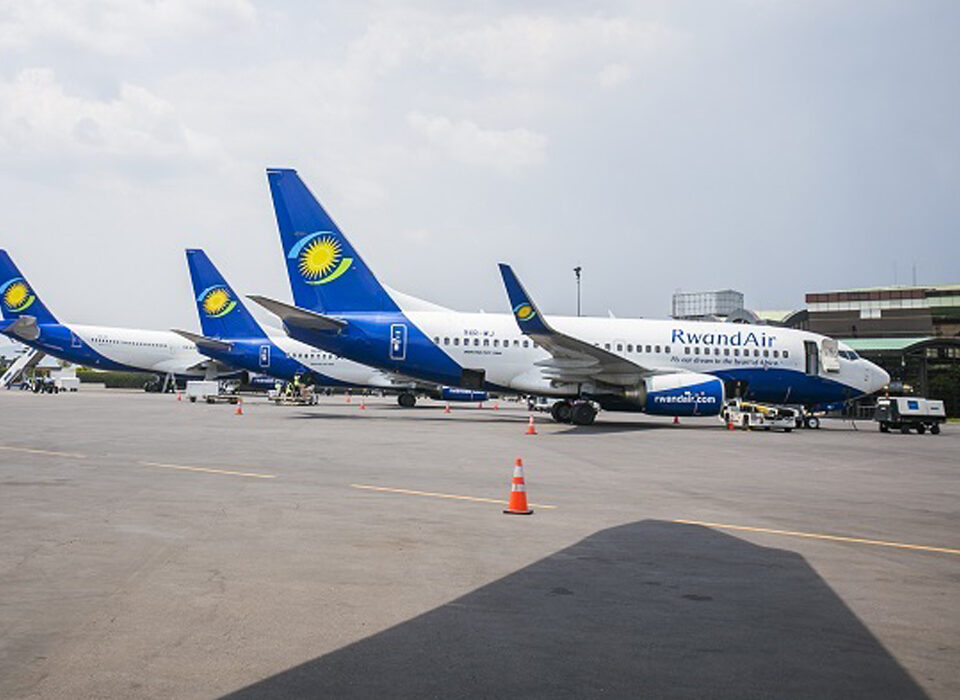- GET IN TOUCH WITH US:
- +256 753518160
- +256 777842166
- info@experiyatourcompany.com

Mount Nyiragongo Volcano Hiking
September 30, 2025
What Makes Mountain Gorilla Trekking Unique
September 30, 2025Gorilla Trekking During the Rainy Season?

Mountain gorilla trekking remains one of the most extraordinary safari experiences in Africa, attracting travelers to the lush rainforests of Uganda, Rwanda, and the Democratic Republic of Congo. Most travelers assume that the dry seasons are the only ideal time for gorilla trekking. Indeed, these periods—June to September and December to February in Rwanda, and similar months in Uganda—are often recommended due to favorable weather conditions and easier trekking paths. Yet, it is a misconception to believe that the rainy or wet season makes gorilla trekking impossible. In fact, gorilla trekking can be undertaken throughout the year, and each season offers its own unique experiences.
Advantages of Gorilla Trekking in the Rainy Season
While the dry season provides relatively stable weather and firmer trekking trails, the rainy season brings its own charm and set of advantages. The rain transforms the rainforest into an emerald paradise, with lush vegetation, glistening leaves, and mist-covered landscapes creating a magical atmosphere. For those who are willing to embrace wet conditions, trekking in the rainy season offers:
- Fewer Crowds: The low tourism season means a more peaceful, immersive experience.
- Intimate Encounters: Park rangers and guides can offer more personal attention.
- Vibrant Wildlife: Gorillas are often more visible at lower slopes, making sightings easier.
Understanding the Rainy Season
Rwanda
- Long Rains: April to May, heavy showers that can make trails slippery.
- Short Rains: October to November, lighter rainfall mostly at night, leaving mornings clear for trekking.
Uganda
- Primary Rainy Season: March to June, with rainfall often exceeding 500 millimeters.
- Secondary Rainy Season: October to November, milder rains that generally allow trekking to continue.
Benefits Beyond the Trek
- Accessible Gorilla Encounters: Gorillas may descend to lower, easier-to-reach areas during wet months.
- Easier Accommodation and Permits: Lodges are less crowded, and gorilla permits are more readily available.
- Photography Opportunities: Mist, lush greenery, and active gorillas create dramatic and ethereal photo moments.
Preparing for a Rainy Season Trek
Proper preparation is key to enjoying a wet-season adventure. Essential gear includes:
- Footwear: Waterproof hiking boots with ankle support for slippery trails.
- Clothing: Lightweight, quick-drying fabrics, long-sleeved shirts, and trousers.
- Accessories: Garden gloves, insect repellent, raincoat or poncho, waterproof backpack cover.
- Optional: Quick-drying socks and camera protection for photography.
Even during the dry season, unexpected rain can occur, so being prepared for wet conditions is always wise.
The Rainforest Experience
Trekking during the rainy season offers a profound connection to nature. The rainforest comes alive with:
- Birds singing and flitting among wet leaves.
- Insects humming and buzzing.
- Vibrant plants and flowers punctuating dense greenery.
Watching a gorilla family move through mist-laden forests, interacting and playing in their natural environment, is an unmatched reward.
Tips for a Successful Rainy Season Trek
- Choose the Right Parks: Some areas experience less rainfall, offering slightly drier conditions.
- Timing: Morning treks are often better during short rainy periods.
- Local Knowledge: Guides can recommend optimal trekking times and locations.
Conclusion
Gorilla trekking is a year-round activity, and the rainy season offers a compelling alternative to the popular dry months. The lush greenery, fewer crowds, and lower costs make it an attractive option for travelers seeking a unique and immersive experience. By preparing adequately and embracing the advantages of wet conditions, visitors can enjoy an unforgettable encounter with Africa’s iconic mountain gorillas and their vibrant forest habitat.



